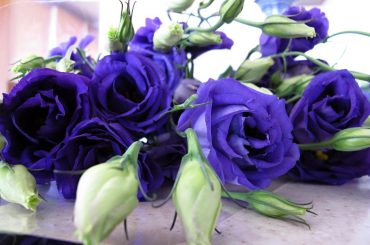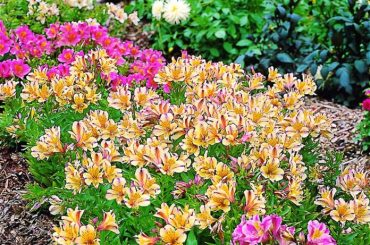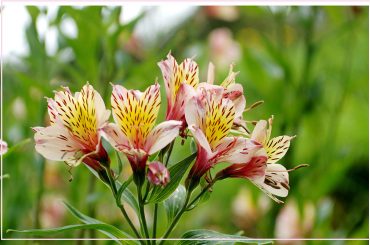Table of Contents
It seems that you are all set to mend and remodel your garden or are planning to build one from scratch. If that’s what it is, then you might also be wondering what plants you can add to beautify your landscape and make it look more attractive. Well, if you are already thinking of planting some Salvias in pots, then you must be aware of the weather conditions they require for their growth.
Due to their colorful blooms and fragrant leaves, these highly adaptable plants are an open choice for many. But the question of whether Salvias likes full sun or shade still confuses people.
So, if you too wonder the same, then let’s find out the details and enlist the Salvia plants you can grow in the sun or shade.
Salvia Plants That Like Full Sun
Over 900 different species of flowering plants belong to the Salvia family, which is also popular as the Sage. These robust and gorgeous plants have been long prized for their culinary applications, apart from their fragrant leaves and widely colored blooms. Understanding the requirements for sunshine is essential for the successful growth of plants, and Salvias mostly prefers sunlight for its growth, but some do grow in shade, too.
Most Salvias are sun-loving plants that do best in full sunlight. These plants require direct sunlight of about 6-8 hours or more, and this ensures the profuse development of the plants. Following are some sun-loving plants that need full sunlight.
1. Salvia Farinacea
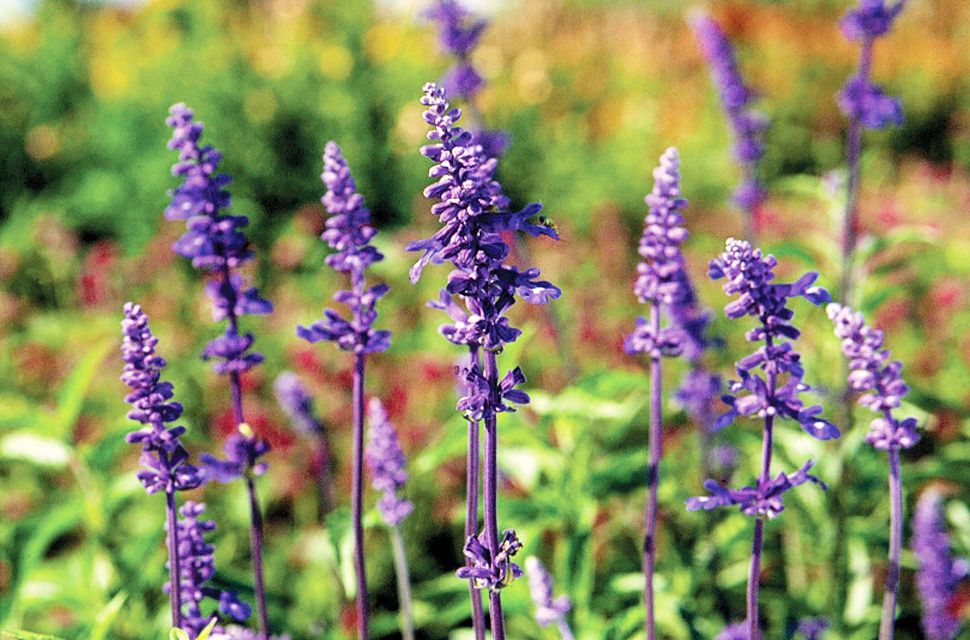
The plants are also called Mealy Cup Sage. You may find many of these plants growing in the sunny regions of Texas as they are native to the place. The flowers have tall spikes of deep blue or purple color, growing well in the sun and in well-drained areas.
2. Salvia Officinalis
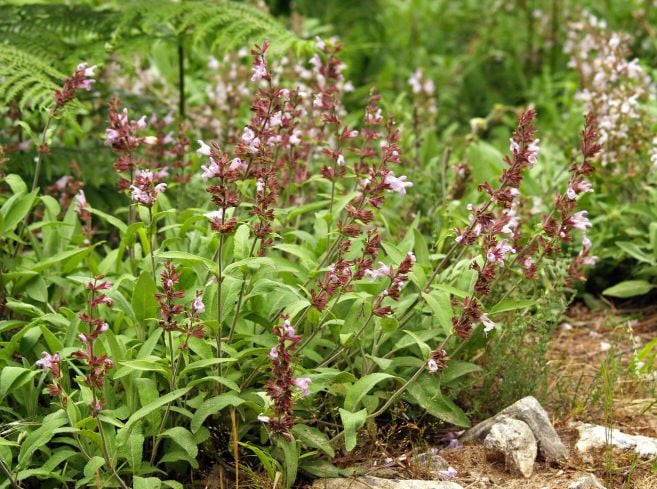
You might know the plant as Common Sage. Ideally, this culinary sage will grow the best in full sun. They require 6-8 hours of direct sunlight every day; failing to do so may lead to improper growth of the plant.
3. Salvia Clevelandii
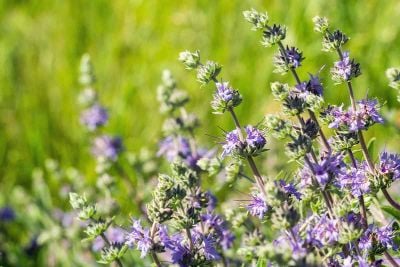
The Cleveland Sage is considered to be one of the most fragrant of the rest of the species. The plant has a woody stem, and these shrubs require full sunlight for its proper growth. If you are planning to grow it in your garden, then you must ensure a minimum of 6 hours of direct sunlight.
4. Salvia Microphylla
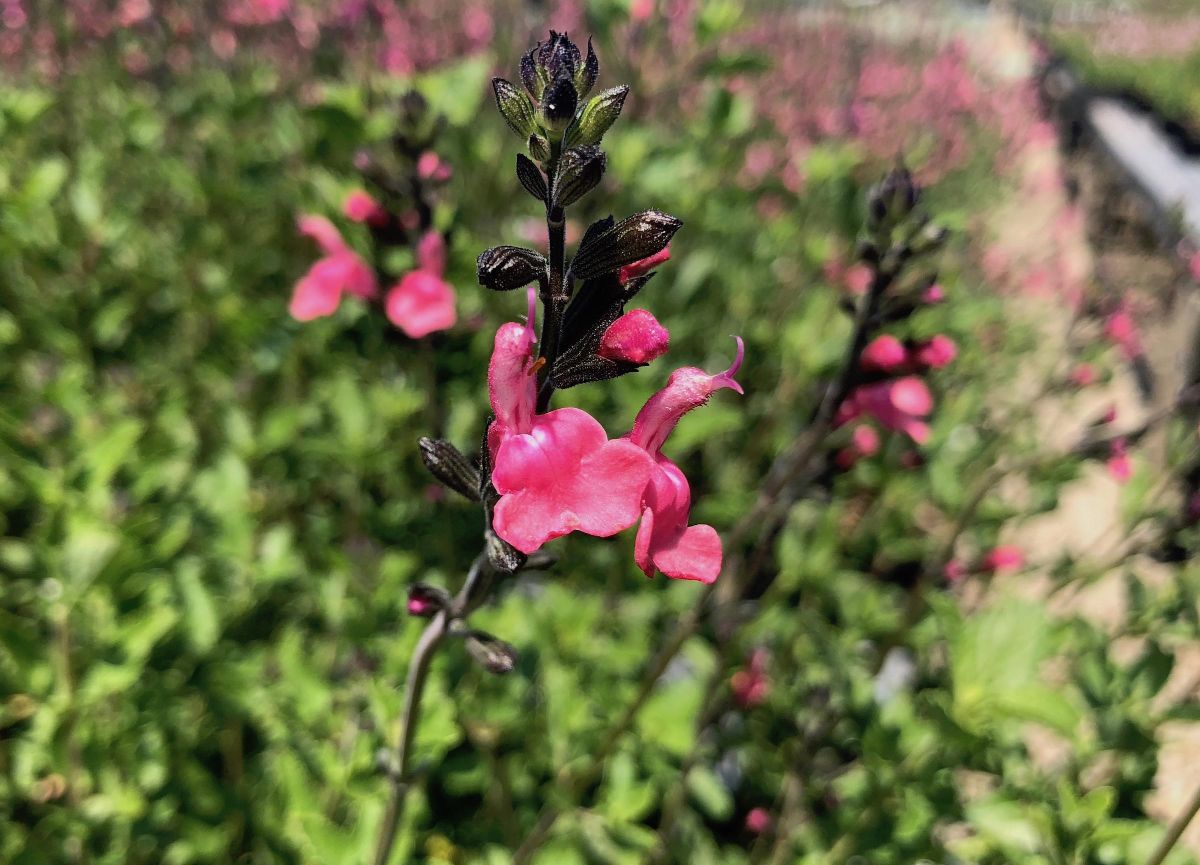
The popular Baby Sage is one such species of Salvia that requires exposure to full sunlight. They produce beautiful, red, velvety flowers and also attract butterflies, hummingbirds, and many other pollinators that would be beneficial for the plants.
Salvia Plants that Can Grow in Shade
Although most of the Salvia plant species need full sun with more than 6 hours of sunlight, some can be easily adaptable to shady regions. Some plants have the ability to grow in shades without the availability of the required sunlight.
1. Salvia Nubicola
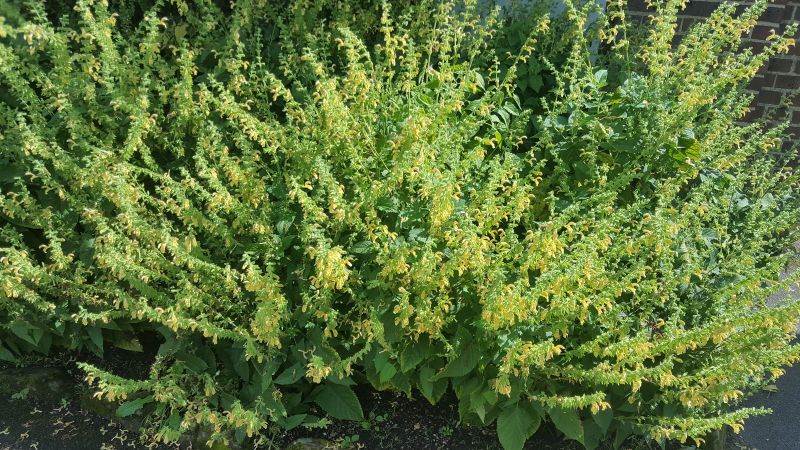
The plant species is also known by its other name, the Himalayan Cloud Sage. These are perennial plants with aromatic foliage that attract several pollinators. Their cloud-like appearance makes the plant beautiful. The Himalayan Cloud Sage adapts well to shady regions.
2. Salvia Koyamae
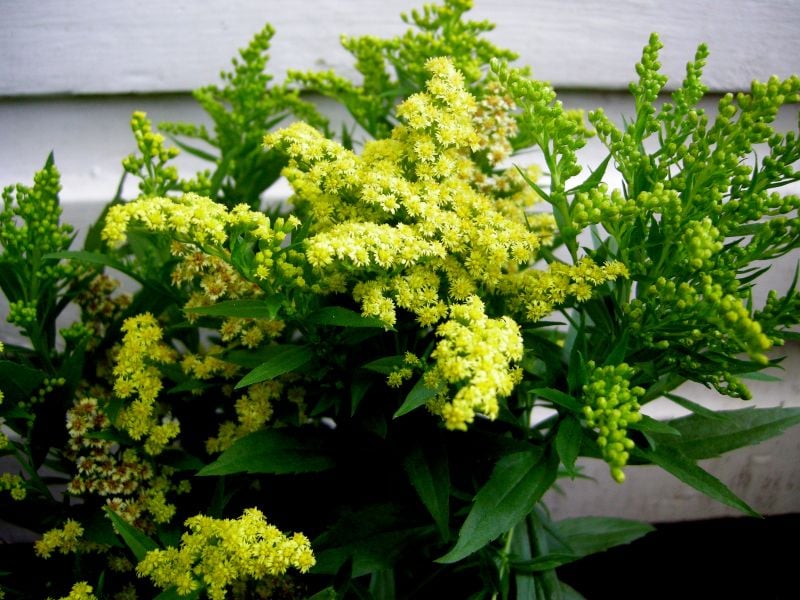
The Salvia koyamae are widely famous for their golden-yellow foliage. These bright flowers add color to shadowed places and bring out a strikingly wonderful contrast with other plantations there. These are also known as Japanese Yellow Sage and can grow well under shade.
3. Salvia Cacaliifolia
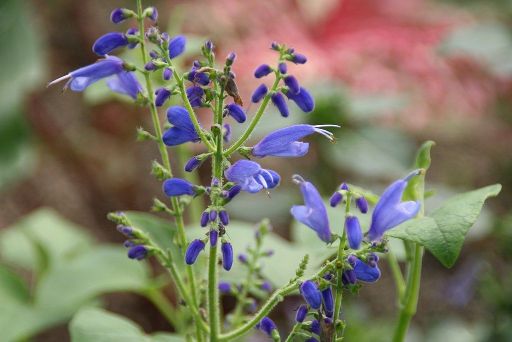
Salvia cacaliifolia differs from many other salvias as it does not require bright sunlight to grow. They grow very well under the shades of other trees close to their plantation. The flowers are the prettiest and blue colored, and the plant is herbaceous perennial. The leaves of the plant have numerous hairs.
4. Salvia Carnea
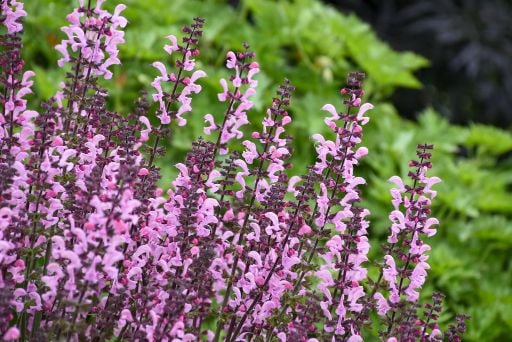
Another Salvia species that can grow in the shade is the carnea. The plant’s flowers are small and delicate, and the pretty pink color enhances its beauty. Bees, butterflies, and hummingbirds are common visitors to the plant. A semi-shaded protective position works well for these plants.
Wrapping Up
The answer to whether Salvias prefer sunlight or shade is as diverse as their species and color ranges. However, having this knowledge is pivotal to creating a flourishing and beautiful garden. Most Salvias need full sunlight for their growth, but some of them also show amazing growth in partly or completely shady areas.
Here, we have discussed some Salvia species as per their sunlight requirements and have distinguished them accordingly. If you want to plant any of these species to elevate your garden’s beauty, then learn about their light requirement first and then go on with it. There’s a range of Salvia species that you can plant whether your garden area gets great sunlight or has plants covered in shades.
Frequently Asked Questions
Where is the Best Place to Plant Salvias?
Salvias should be planted in well-drained soil with full sun exposure, where they can receive the required amount of sunlight, which is 6 to 8 hours of sun exposure. For the optimum development of the plants, they should be provided with adequate air circulation and be given all other required environments for proper adaptation.
Do Salvias Need a Lot of Water?
No, Salvias do not really require a large amount of water. In fact, if you overwater the plants, then they may get spoiled. They only grow with low to medium water usage. They do need well-drained soil but not fully submerged ones. So before you plan on planting Salvias in your garden, go through their weather requirements and needs.


